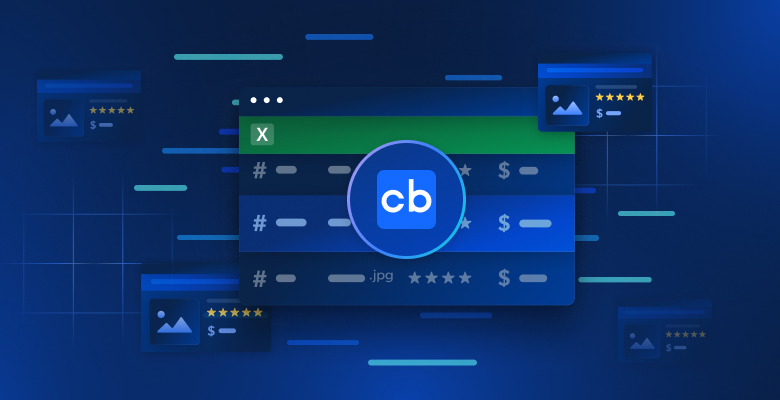Let’s start with the bottom line of this article – we’ve improved our network architecture and improved speeds by 25%. Our Datacenter IPs are not only faster than ever but also the fastest on the market! How did we do it? Keep reading to find out.
What are fast proxies?
“Do you have any fast proxies?” is a common question we get here at Bright Data. For many proxy users with various use cases, speed is the key to getting the job done. But what are ‘fast proxies’ really?
A ‘proxy’ or an IP address, is well, an address. To be precise, an Internet Protocol address (IP address) is a numerical label assigned to each device connected to a computer network that uses the Internet Protocol for communication. An IP address serves two main functions: to be the host aka the network interface identification and location addressing.
Speed isn’t a quality that can be used to describe an address, that would be like asking if I live in a ‘fast house’, while what really determines the speed of my commute is other variables like the speed of my car. However, when it comes to the networking world, what determines the speed of an IP are a few things:
- Length of the journey – when making a request to a destination site, your request travels between different servers until reaching the server that the site is hosted on, and then the wanted information is returned back to you. The longer the distance between you and the target site, the longer the request will take.
- Architecture – when making a request through a proxy, it means you are adding a few more network segments to the journey of that request and this is referred to as a hop. Instead of going through the usual route, now you need to go through at least 1 more hop, the server hosting your IPs. In most cases, there will be more than one extra hop, but this depends on the architecture of your service provider. The fewer the number of hops the faster your requests.
- Bandwidth (BW) – the Data center IPs you use are hosted on a server and each server is configured with a certain BW capacity. A server with a 1 gigabyte per second connection, for example, can run more traffic through it in a given moment than a server with a 100 megabyte per second capacity. This means that if you and many other customers are using IPs hosted on the same server, lower bandwidth could mean that a user’s requests will get ‘stuck’ in a bottleneck slowing down the proxy speeds. Higher bandwidth, however, would save time and enable requests to perform faster.
- Central Processing Unit (CPU) usage – different servers have different volumes of CPU resources, a CPU can also be upgraded or downgraded by the user. A server with low CPU processes fewer requests than a server with a higher CPU.
Improvements we’ve made
- No sidetracks in the requests journey – we reduce the length of the requests journey between you and the target site by ensuring the requests run through the same geolocation
- No redundant hops – our architecture was designed to keep the number of hops your request takes as minimal as possible
- No bottlenecks – requests are distributed across our many load-bearing servers to prevent overloading any specific server
- No compromising on bandwidth amounts and CPU resources – as the largest proxy network in the world, our network architecture was built to handle volumes and is continuously upgraded to fit the needs of our customers
During the past few weeks, we’ve put our main focus on improving our architecture and improved our network speeds by 25%, so that we can provide our customers with the fastest proxies on the market.
We are always improving and now when you ask, do we have any fast proxies? The answer will always be, Yes!









